Mixer Basics: Impellers
Before we talk about impellers, we have to get some of the nomenclature straightened out. There are impellers, propellers, blades, foils, and a host...
3 min read
Mixer Direct Jul 9, 2024 1:26:00 PM
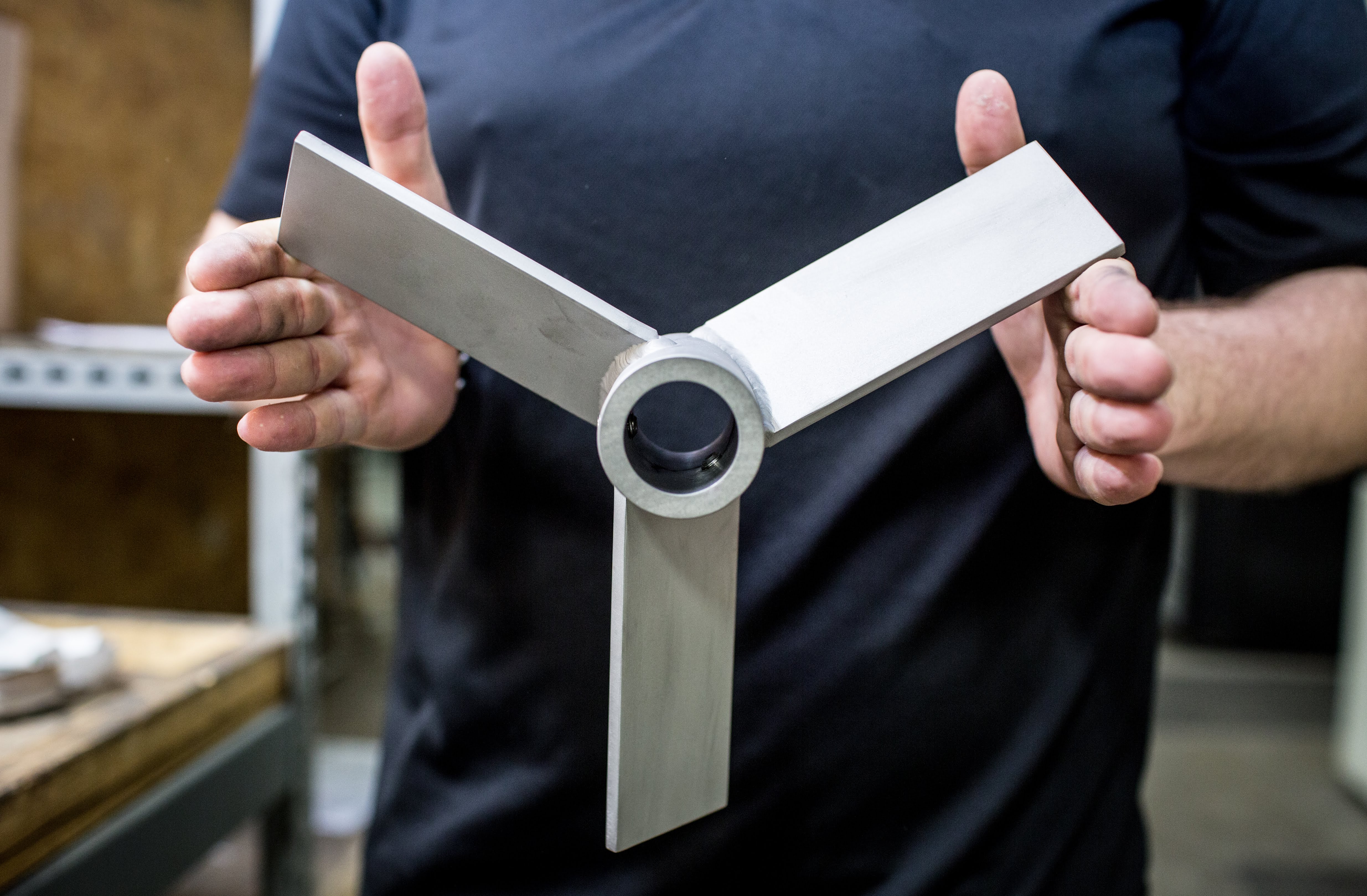
Axial and radial flow impellers are rotating industrial mixer components designed for various types of mixing. Both types of impellers are primarily constructed from stainless steel.
Impellers impart flow. They serve the purpose of transferring the energy from the motor to the substance of a tank as efficiently as possible. Impellers are organized by their flow patterns. The question to be answered is, what is the difference between axial vs. radial flow impellers? Simply put, axial patterns run parallel to the blade. Radial patterns run perpendicular to the blade.
Impellers are used in mixing tanks for a wide variety of industries and unique applications. This can include, but is not limited to liquid-liquid, solid-liquid, and powder-liquid mixing applications.
When you want to fix your mixing vessel or tank with an impeller, it is important you choose the right type for the application. Two major categories of mixing blades include axial and radial impellers.
 Axial impellers are best for mixing applications that require stratification or solid suspension. Axial impellers are set up to create effective top-to-bottom motion in the tank. This motion is highly effective when placed over the center of a baffled tank.
Axial impellers are best for mixing applications that require stratification or solid suspension. Axial impellers are set up to create effective top-to-bottom motion in the tank. This motion is highly effective when placed over the center of a baffled tank.
Some common types of axial flow impellers include:
Radial impellers are designed in 4-6 blades. In radial flow impellers, the fluid moves perpendicularly to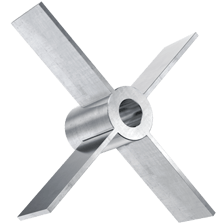 the impeller. They produce a radial flow pattern which moves the contents of the mixing tank to the sides of the vessel. The radial flow impacts the side which causes in either an up or down direction which fills the top and the bottom of the impeller to be ejected once more. It is also important to note that setting up baffles helps to minimize vortexing and swirling motions in the tank, therefore, enhancing agitation efficiency. Radial impellers are a great fit for low-level applications inside longer tanks based upon the production of higher shear due to the angle of attack.
the impeller. They produce a radial flow pattern which moves the contents of the mixing tank to the sides of the vessel. The radial flow impacts the side which causes in either an up or down direction which fills the top and the bottom of the impeller to be ejected once more. It is also important to note that setting up baffles helps to minimize vortexing and swirling motions in the tank, therefore, enhancing agitation efficiency. Radial impellers are a great fit for low-level applications inside longer tanks based upon the production of higher shear due to the angle of attack.
Before you embark on a mixing project, there are five major aspects to consider when selecting an impeller:
Viscosity is paramount when selecting an impeller, as it directly influences the mixing efficiency. You should consider using an impeller that is capable of delivering sufficient torque and have a design that facilitates proper flow without overtaxing the motor. Paddle impellers, for example, are often chosen for challenging high-viscosity tasks due to their broad, flat blades that move materials with a gentle, sweeping action, minimizing shear while efficiently mixing thick or viscous substances. Understanding the nature of the material’s viscosity helps in choosing an impeller that not only matches your needs but also enhances process reliability and product quality.
The impeller must be compatible with the tank design to establish the desired flow pattern for optimal mixing. For instance, axial flow impellers like marine propellers or hydrofoils are designed to push liquids in a top-to-bottom fashion which is ideal for suspension and blending in tall, slender tanks. On the other hand, radial flow impellers are suitable for short, wide tanks where horizontal flow is needed to disperse and homogenize liquids efficiently. By aligning tank geometry with impeller design, you ensure a harmonious system that performs effectively and reliably.
Proper impeller placement is critical for achieving uniform mixing and preventing issues such as vortex formation or dead zones. The position of the impeller in the tank affects circulation patterns and energy distribution, and its placement should be meticulously calculated based on tank dimensions and operational requirements. Typically, installing the impeller about one third the height of the liquid level is effective, but adjustments may be needed based on the mixing process specifics. Consulting with specialists who understand the nuanced impacts of placement can drastically improve the functionality of your mixing system.
The choice of material for your impeller is not just a matter of strength and durability, but also of compatibility with the chemicals or materials being mixed. Stainless steel is commonly used for its resistance to corrosion and ease of cleaning, making it ideal for food and pharmaceutical applications. For more abrasive or corrosive mixtures, materials such as reinforced plastics or specialized alloys might be necessary to extend lifespan and maintain purity standards. Selecting the right material minimizes maintenance downtime and ensures compliance with industry-specific regulations, protecting both your products and processes.
Finally, consider the energy efficiency of the impeller design. The right impeller will provide the necessary mixing action while minimizing power consumption. Innovations in impeller design and materials continue to advance, offering options that reduce energy costs without compromising performance. Choosing an energy-efficient impeller supports environmental sustainability and reduces operational costs, contributing positively both to your bottom line and to global efforts in energy conservation.
Axial and radial flow impellers both are designed for various types of mixing.The differences come to light when you consider your entire mixing process and all related components.
To discover the best impeller for your mixing process, we highly recommend contacting one of our technical sales engineers to help assess the right impeller for the job. Simply click the “contact us” button below to get started.
(Editor's note: This blog was originally published in January 2017 and was updated in June 2024 to reflect the most current information.)
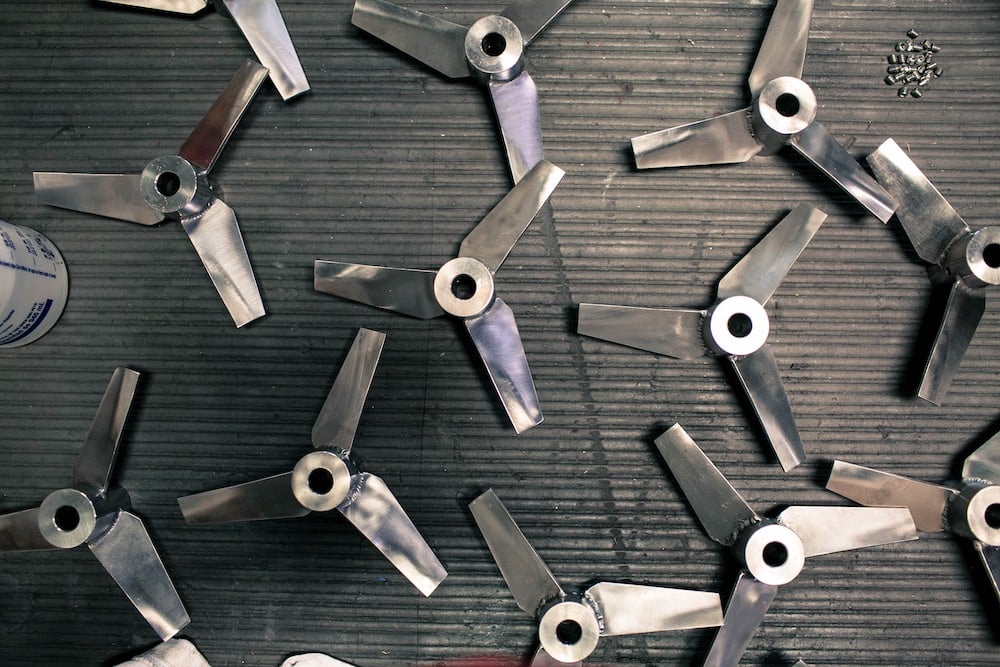
Before we talk about impellers, we have to get some of the nomenclature straightened out. There are impellers, propellers, blades, foils, and a host...
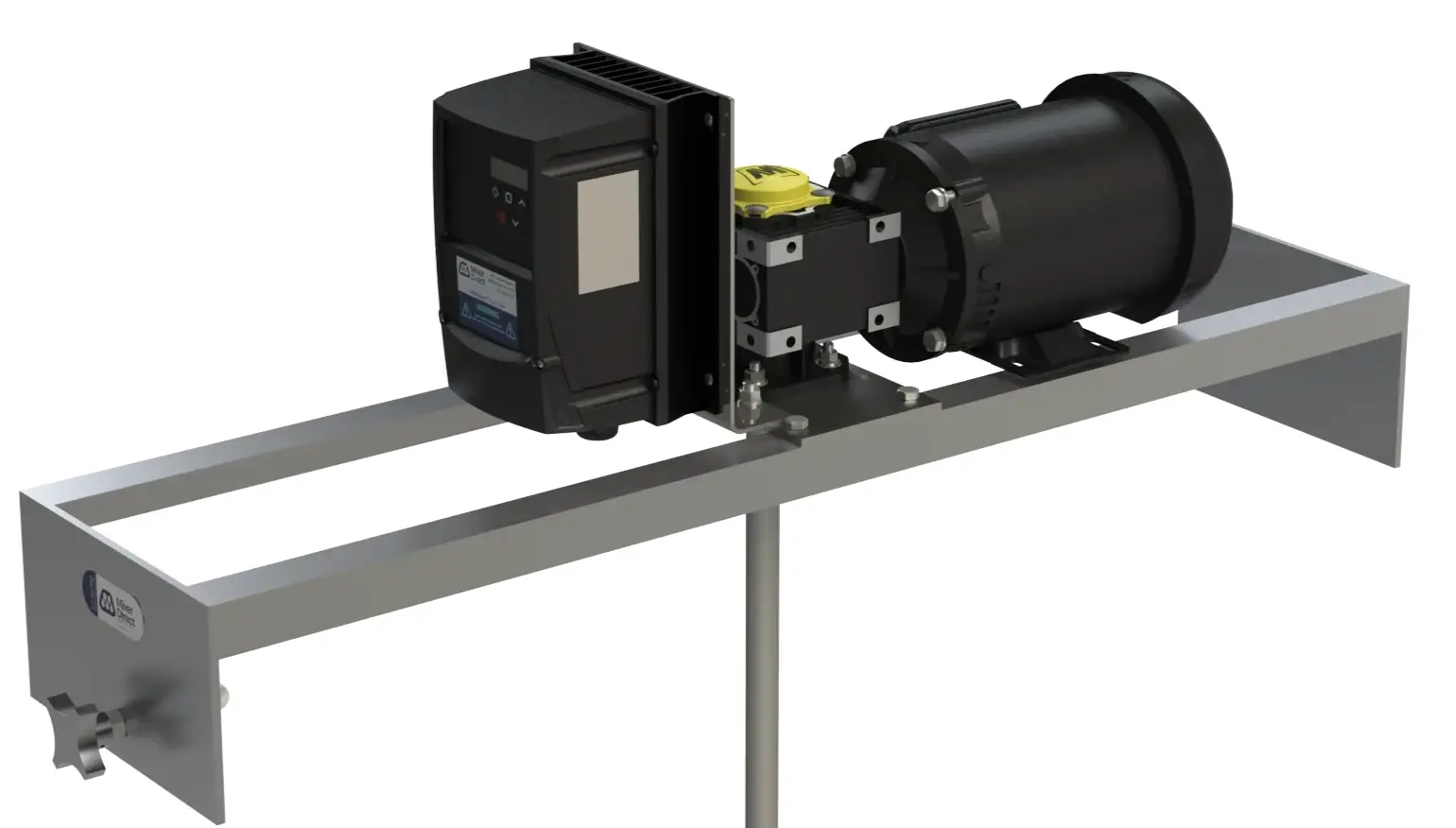
If your process materials are delivered and stored in Intermediate Bulk Containers (IBCs), you've likely encountered common issues like product...
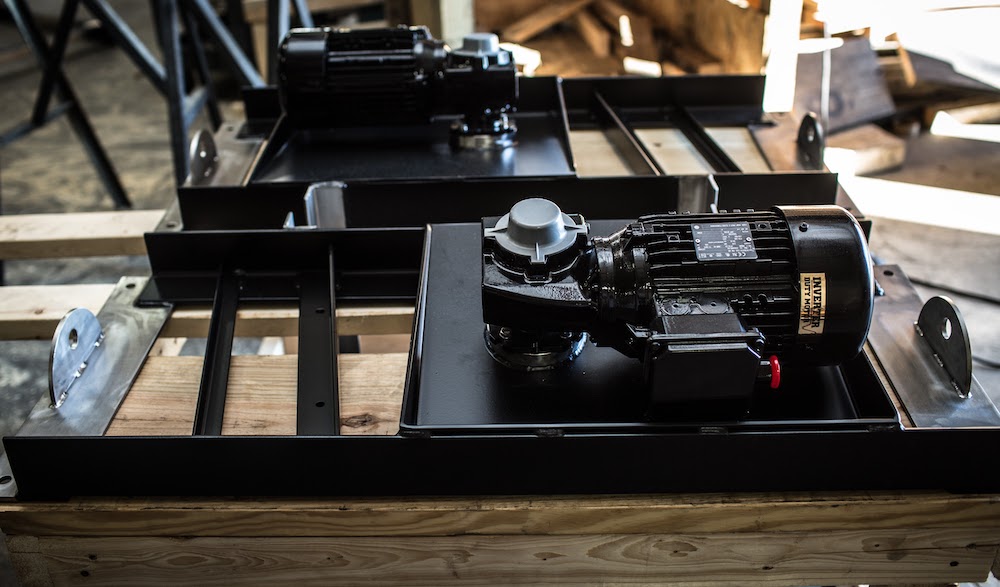
If you have no idea what kind of mixer you need, but you know you need one, you are in the right spot.